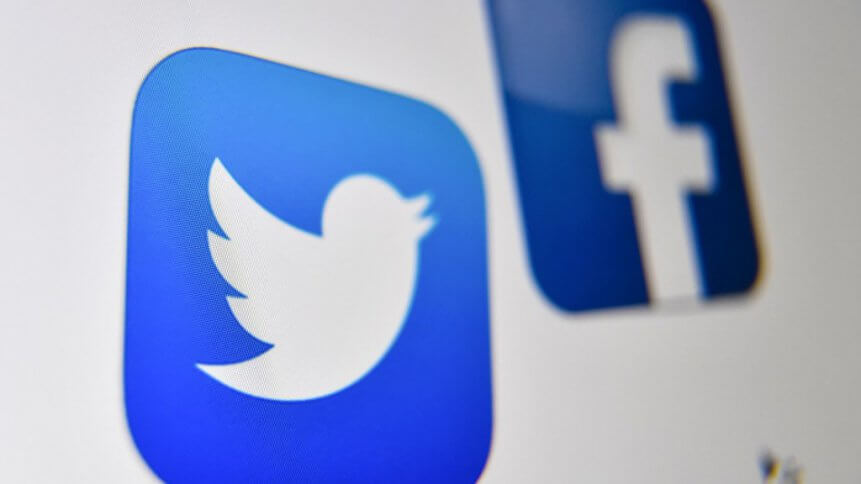Facebook and Twitter are getting serious about social commerce

The buying and selling of goods via social media is often referred to as social commerce, and it’s something that Facebook, Twitter, Youtube, and other social platforms have been eyeing for some time. And why not, when the revenue generation potential for these global platforms is mammoth?
Platforms like Facebook and Twitter have been wanting to get in on what could be a profitable channel for them for some time now, given their expansive, international user bases. But social commerce – the marriage of social network and e-commerce functionality – is still somewhat in its nascent stages, despite several attempts by both networking and shopping platforms to get a working model going.
Facebook, for instance, is this month rolling out its Facebook Pay service on other platforms such as Shopify – with a bold move at the outset, a zero percent revenue sharing model. Revenue sharing is the incentive for different platforms to host competing payment services, but CEO Mark Zuckerberg is seeing this as an opportunity to get Facebook Pay right, after prior attempts to get Facebook-branded commerce options failed to get off the ground properly.
“Our goal here is to create better experiences for people interacting with businesses and to help businesses grow even more on our platform. Our approach is to work our way down the stack and build world-class services at every layer of commerce, starting from discovery at the top of the stack, all the way down to payments,” Zuckerberg was quoted as saying. “And just like we want to be the best place for millions of creators to make a living, we also want to be the best place for businesses to grow as well.”
The social network pioneer is going for the long-term play this time, willing to bet for a stable commerce ecosystem down the line, and willing “work our way down the stack and build world-class services at every layer” in the meantime.
Part of building out that social commerce strategy will be incorporating payment options that users will actually want to use, and Zuckerberg will be looking to the Facebook family of popular platforms including Instagram, WhatsApp, and Messenger to either support or be integrated with Facebook Pay.
“WhatsApp payments are now available to everyone in Brazil, as well as India. Lots of people are using this as a simple and secure way to send money to friends. We’re adding new payments features in Messenger in the US, like QR codes,” he noted. “We also just announced that we’re making Facebook Pay available outside of our apps for the first time, which means that you’re going to start seeing it as a checkout option on the web and especially in web view that you see within our apps after clicking on ads or other business content. The commerce experiences are now accessible across most of our services, and we have a full roadmap of deeper integrations that I’m excited about in the months ahead.”
Unlike Facebook, Twitter founder Jack Dorsey has been more coy about commerce features while championing Bitcoin and cryptocurrencies as possible payment methods for the platform. Twitter attempted a “Buy Now” button embedded in product tweets back in 2014, but it failed to capture critical user mass at the time.
This time, and reflective of the viability of such options on competing platforms like TikTok and Facebook company Instagram, Twitter is testing a Shop Module feature whereby users are instantly linked to a brand’s shopping page within its profile. There, they can select through a catalogue of featured items and make purchase all without leaving the platform.
Shop Module is currently being beta tested with a handful of US brands on iOS devices, but Twitter Revenue Product Lead Bruce Falck suggests it will be introduced in other territories in due course. “We believe in the power of the conversations that Twitter facilitates around products,” Falck commented in a blog post.
“With this pilot, we’ll get to explore how our engaged, responsive and chatty audience reacts to products that are emotionally charged – like a new jersey from your favorite sports team –or that provide lasting impact – like a new skincare regimen,” he added. “And, fundamentally, it’ll give us the chance to keep learning about which shopping experiences people prefer on Twitter.”
The platform is also collaborating with a number of the top brands on it under a new Merchant Advisory Board, where feedback will be used to inform future product innovations that will incorporate e-commerce like functionality. But just like Facebook, Twitter is looking at a long-term roadmap, with product lead Falck insisting that, “Though we are in very early explorations, we’re excited about the potential of shopping on Twitter and eager to learn more as we go.”
Both Facebook and Twitter will also continue pursuing payment partnerships with established e-commerce outfits like Shopify, preferring not to compete with them for now, as they go about setting their own foothold in quickly-developing social commerce scene.










